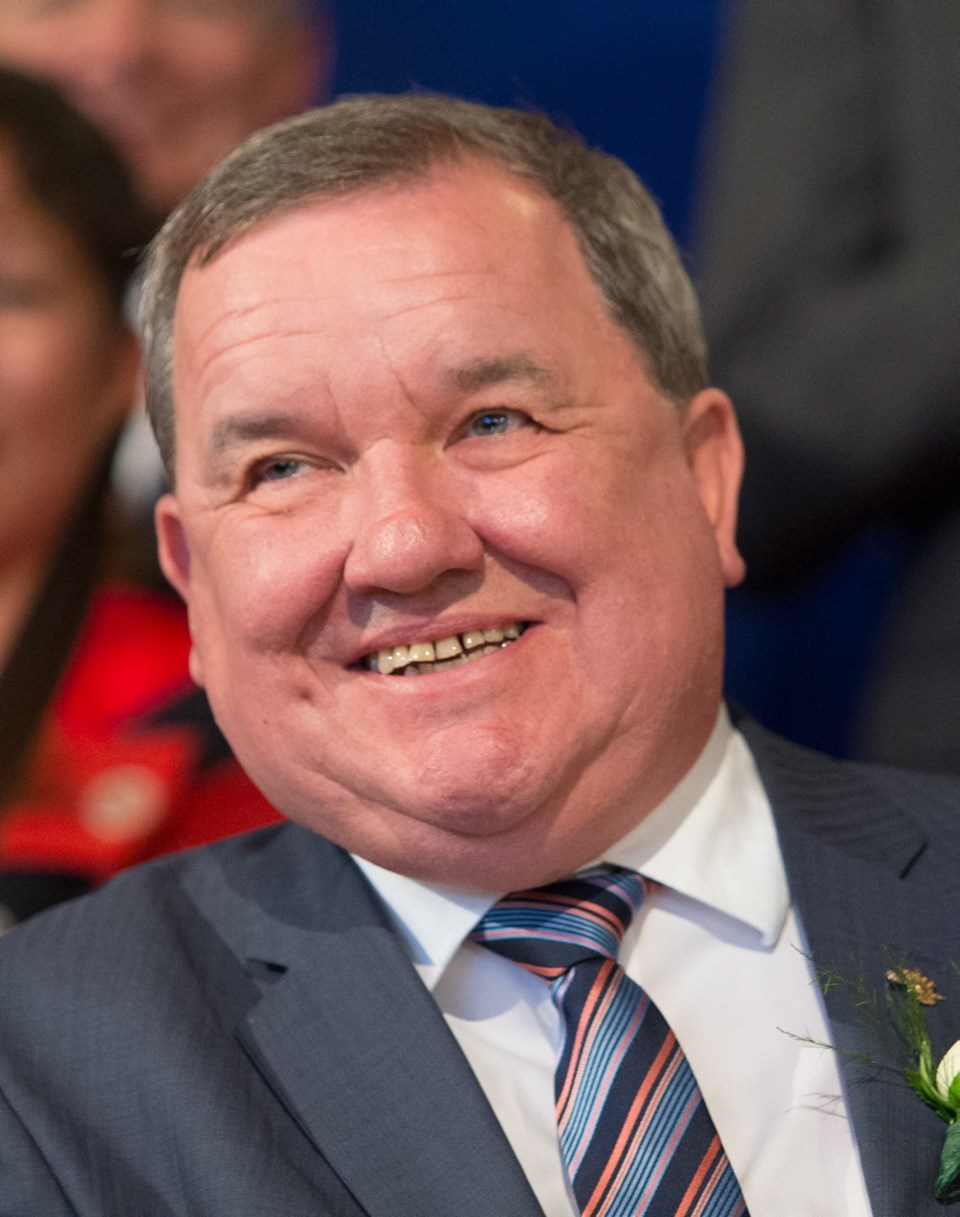A poverty reduction strategy, that perennial topic of no-hope opposition private bills, is finally a reality in B.C.
Even after they assumed power it took the NDP an inordinate length of time to make it happen. It was mentioned in no fewer than three throne speeches over the course of 18 months before it finally arrived on Monday, well behind the original schedule. A brief bill that simply mandates the strategy passed last fall.
It took effect Monday simply by virtue of a news conference proclaiming it exists.
The only news at the news conference was a fresh slogan — TogetherBC, which will accompany all future developments in the field.
And some of the key products flowing from having a strategy — like a conclusive report on the basic income concept — are still another year away.
Not to say the NDP government hasn’t been tackling poverty. A number of measures related to housing, child care, education and income assistance since they took power are aimed squarely at people living in poverty.
The strategy is just an overarching concept, under which past and future program spending that addresses poverty can be filed.
That spending will add up to about $4 billion over five years, Minister of Social Development and Poverty Reduction Shane Simpson said.
It’s complicated to put a price tag on the strategy because many benefit and support programs offer help to people who don’t officially live in poverty.
For example, the child opportunity benefit that is coming late next year will offer up to $1,600 in support for a child. It’s estimated to cost $380 million a year, but not all the money will be spent on families in poverty, so only a portion of that tab will count as the cost of the strategy.
The strategy will also provide some focus on where to spend future funds. The goal is to reduce poverty by 25 per cent from the 2016 level by 2024. That would involve raising the incomes of 140,000 people. But the goal doesn’t quite have the effect of law.
The law just says there must be anti-poverty initiatives “intended” to reduce it by that amount. And there are no penalties for missing the target.
An accompanying goal is to cut child poverty by 50 per cent. The strategy is taking hold at an encouraging time, as the official measure of child poverty shows it is declining.
The advocacy group First Call’s 2018 report on the topic shows B.C.’s child poverty rate has declined from 27.6 per cent to 20.3 per cent over the last 17 years.
The rate, which was usually higher than the national rate, is pegged in the most recent report almost even with the national rate.
“There are some signs that the gap between the two rates is narrowing,” the group said.
StatsCan reports the overall rate is on a steady decline nationally as well.
But First Call also notes the federal government made a commitment in 1989 to eliminate child poverty, not just reduce it.
So the question of whether proclaiming a strategy actually accomplishes anything is still up in the air.
One thing it will do is focus attention on the nagging issue, since the ministry will have to publish an annual report on actions taken to implement the strategy, the effects of the strategy on poverty reduction and “any progress made toward the targets set.”
There’s an aspect of the strategy that has the potential to make for dramatic change. It’s the idea of a basic income — a payment to eligible people that ensures a minimium level to avoid poverty, regardless of employment status.
An expert panel of three professors is studying the ramifications and whether it would improve the delivery of support.
Simpson said one of the questions is whether it could be a provincial program, or have to be done nationally.
Tied into that study is work on how to deal with massive employment changes due to the changing economy. Work is also underway on rethinking how various benefit programs are delivered, and whether they could be done more efficiently.



